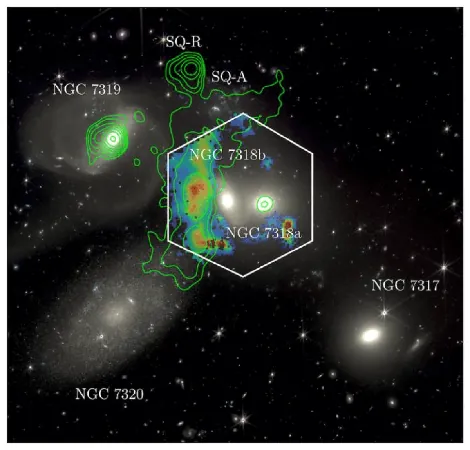
New Study Urges Attention to Eosinophilic Granulomatosis with Polyangiitis in Severe Asthma Patients
2024-12-10
Author: Wei Ling
Introduction
In a groundbreaking study from Singapore, researchers have revealed that eosinophilic granulomatosis with polyangiitis (EGPA), a rare autoimmune vasculitis, should be given serious consideration in individuals suffering from uncontrolled severe asthma, especially when blood tests indicate elevated eosinophil levels—a crucial marker of the disease.
Study Overview
The study examined nearly 600 patients diagnosed with severe asthma in a specialized hospital clinic, determining that about 4% had EGPA, often identified approximately 10 years after their initial asthma diagnosis. This finding prompts doctors, especially pulmonologists, to be more vigilant in recognizing potential EGPA symptoms among severe asthma patients.
"Healthcare specialists must maintain a heightened clinical awareness when dealing with asthma patients who present uncontrolled symptoms and elevated eosinophil counts," the research team emphasized. The findings were published in *The Journal of Allergy and Clinical Immunology: In Practice*, highlighting the need for further investigation into this link.
What is EGPA?
Eosinophilic granulomatosis with polyangiitis is an ANCA-associated vasculitis that primarily affects small blood vessels, leading to inflammation that can impact various organs, including the lungs and kidneys. Asthma is frequently one of the earliest manifestations of EGPA, appearing before other systemic symptoms are noted, such as kidney dysfunction, neurological disorders, and skin issues.
Despite the clear correlation, the relationship between the progression of asthma and the development of EGPA remains poorly understood. The researchers were motivated to investigate this connection due to a limited number of studies exploring the prevalence and characteristics of EGPA in patients with severe asthma.
Research Methodology
During their detailed retrospective analysis of medical records from 596 severe asthma patients treated at the Singapore General Hospital's multidisciplinary clinic, the researchers defined severe asthma by strict criteria, including inadequate symptom control and frequent hospitalizations requiring urgent care.
Key Findings
- **Demographics:** Among the patients diagnosed with EGPA, the median age at asthma diagnosis was 45, ranging from 10 to 75 years. The cohort comprised 23 EGPA patients—13 women and 10 men.
- **Disease Characteristics:** Patients with EGPA exhibited lower body mass indices and less stable asthma conditions compared to those without the disease. Moreover, most patients diagnosed with EGPA had eosinophil counts exceeding one billion cells per liter of blood.
- **Symptom Manifestations:** Lung obstruction was prevalent, observed in the majority of EGPA patients. Other common manifestations included upper airway issues (60.9%), peripheral neuropathy (52.2%), kidney involvement (47.9%), and skin symptoms (43.5%).
Treatment Insights
A noteworthy aspect of the study was the treatment approach for patients diagnosed with EGPA. Over 40% of these patients received biological therapies like Nucala (mepolizumab), designed to target eosinophils, and Dupixent (dupilumab). While Nucala was the primary treatment, some patients transitioned to Dupixent due to management challenges.
The study also noted a significant discrepancy in treatment outcomes: patients who received biological therapies tended to be younger at the time of EGPA diagnosis and displayed less severe disease compared to those who did not undergo similar treatments. In fact, those on biologicals were less likely to remain on glucocorticoids, a class of medications often associated with severe side effects when used long-term.
Final Thoughts
The findings from this study underline the critical need for medical professionals to maintain a high level of diagnostic suspicion for EGPA in patients experiencing severe asthma, especially with elevated eosinophil counts. Early recognition and comprehensive evaluations for additional manifestations beyond the lungs could significantly enhance patient outcomes and management strategies.
This research serves as a reminder of the complex interplay between asthma and systemic autoimmune conditions like EGPA, urging for increased awareness and interdisciplinary approaches in diagnosing and treating these patients effectively.



 Brasil (PT)
Brasil (PT)
 Canada (EN)
Canada (EN)
 Chile (ES)
Chile (ES)
 España (ES)
España (ES)
 France (FR)
France (FR)
 Hong Kong (EN)
Hong Kong (EN)
 Italia (IT)
Italia (IT)
 日本 (JA)
日本 (JA)
 Magyarország (HU)
Magyarország (HU)
 Norge (NO)
Norge (NO)
 Polska (PL)
Polska (PL)
 Schweiz (DE)
Schweiz (DE)
 Singapore (EN)
Singapore (EN)
 Sverige (SV)
Sverige (SV)
 Suomi (FI)
Suomi (FI)
 Türkiye (TR)
Türkiye (TR)